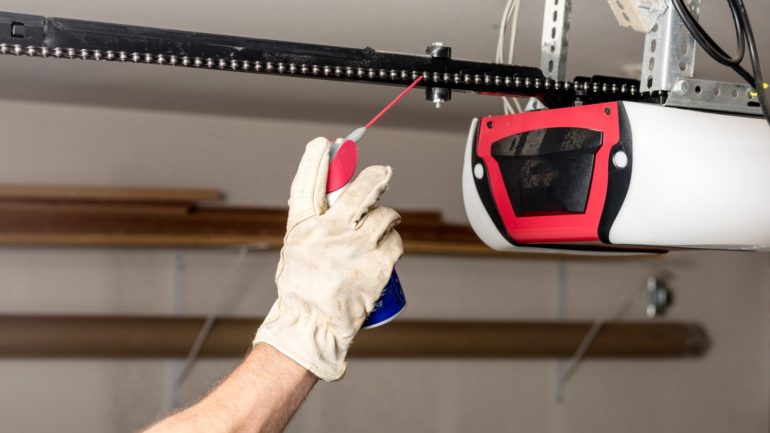4 Ways to Get Your Garage Door Ready for Summer
Considering that about 70% of homeowners use their garage at the main entryway to the house, your garage door does a lot more than protect everything in your garage. And, as the weather finally warms up here in Ontario, you’re probably going to be heading out more often than you did when it was -20C this past January.
Put the two of these things together, throw in the facts that your garage door is the largest movable object in your home and it’s just gone through a particularly harsh winter and, well, it’s time to show one of the biggest, most used parts of your home some love.
Spring Maintenance Tips for Your Garage Door & Opener
Fortunately, getting your garage door ready for a marathon of use during the summer’s heat isn’t difficult, but that doesn’t mean you shouldn’t be thorough at every step.
1. Inspect the Door and Opener
Operating in sub-zero temperatures puts a strain on any machinery and equipment. Here’s a checklist of things to inspect on your door and opener for signs of wear and/or damage.
a. Door Operation
Disconnect the door from the opener by pulling the emergency release cord on the opener when the door is closed. Then operate the door manually to see that it can be lifted and lowered relatively easily. If it sticks or is otherwise overly difficult to open and close, you’ll need to look for the reasons why.
b. Hinges
Check the hinges between the panels of the door for signs of corrosion and damage.
c. Rollers
Check that the rollers run properly inside the roller tracks and are not rubbing against the track walls.
d. Cables and Springs
Look for signs of rust, fraying and over-extension on all the cables and springs attached to the door.
e. Check the Garage Door Opener Gear
Look for signs of the gear stripping. If you spot any, it might be worth having the gear replaced to avoid being caught with an opener that won’t work when you need it the most.
2. Check the Door’s Safety Systems
Your garage door likely has two safety systems to stop it from closing if it hits something, or if something crosses its path.
To test that the garage door will stop and reverse if it strikes something as it’s closing, put a 2×4 piece of wood on the floor where the garage door contacts the floor when it’s closed. Trigger the garage door to close. If the door doesn’t stop closing and reverse when it hits the 2×4, you should call a professional garage door repair service (we know a really good one!).
The photo eyes are your door’s second safety system. To check their operation, trigger the door to close and, while not standing in the path of the door, push and empty cardboard box between the photo eyes. If it doesn’t stop immediately, check the alignment of the photo eyes and, if everything looks normal, call a professional.
3. Check the Door’s Seals
The weather-stripping and seals that are between the panels of the door, along its bottom edge and on the door’s frame should be in place and undamaged if you want to maintain the energy efficiency of the garage.
4. Lubricate Moving Parts and Seals
A well-lubricated door will continue to work trouble-free for a long time.
a. Use a petroleum-based lubricant for metal-on-metal moving parts, including the hinges between the door panels, the spring assembly and rollers.
b. Apply a silicone-based lubricant on all the doors seals and weather-stripping
You will never regret anything you do to keep your garage door and opener working their best. It will help everything last longer, perform more efficiently and be safer too. If you find anything that you feel is a problem, please don’t hesitate to call us here at Upper Canada Garage Door, we’ll be happy to answer your questions.

